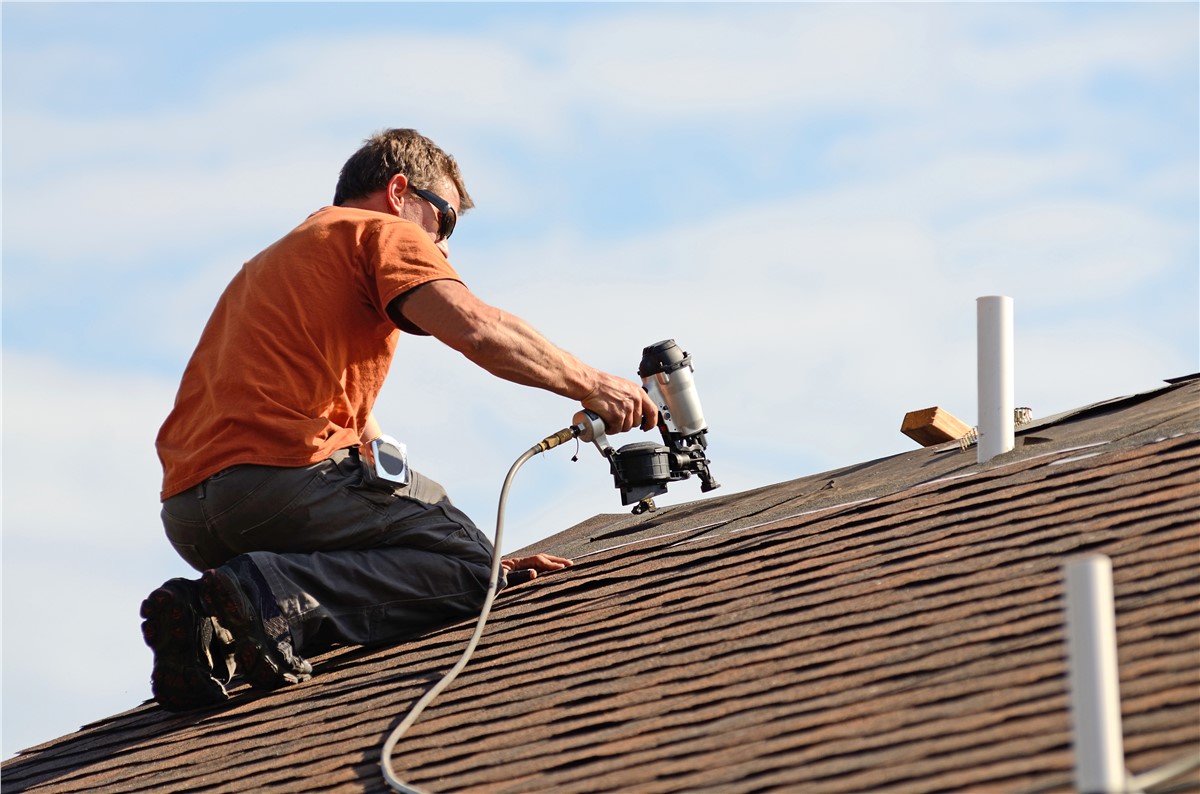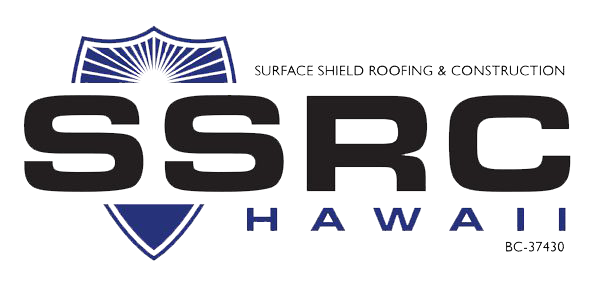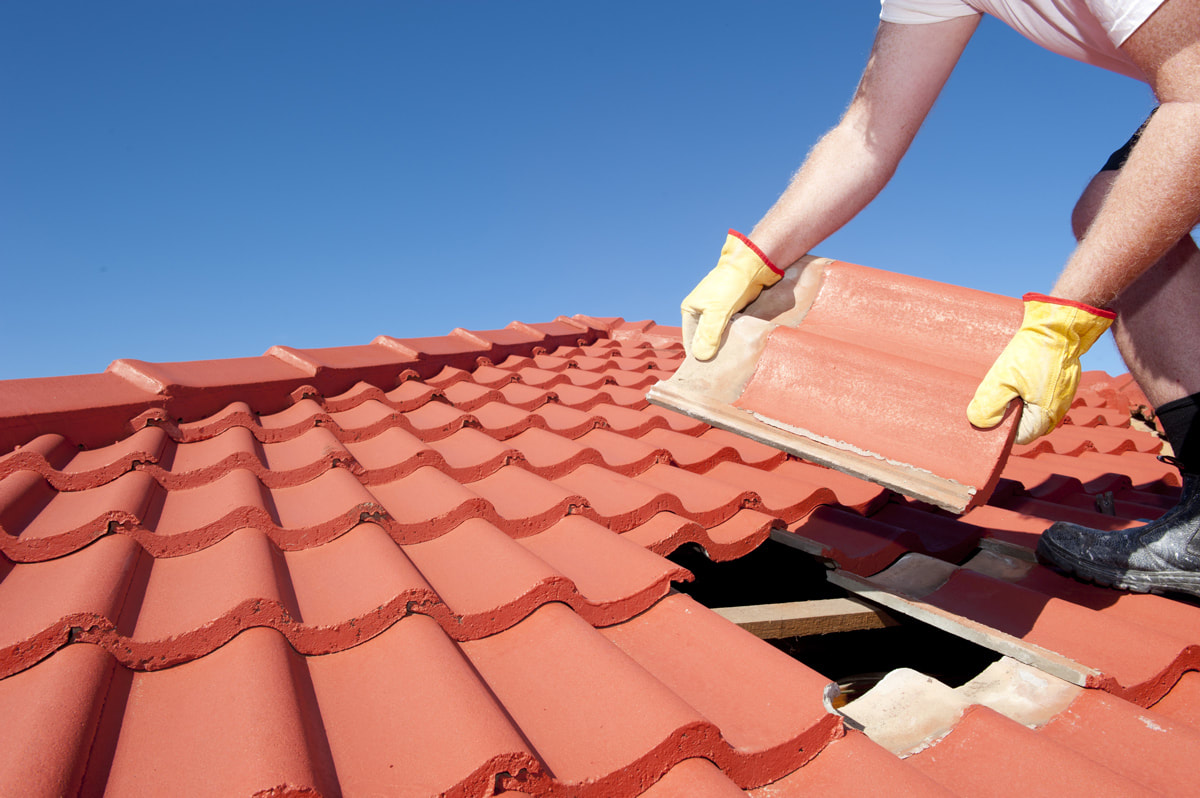Roofing Oahu: Expert Professional Roofer for Your Oahu Property
Roofing Oahu: Expert Professional Roofer for Your Oahu Property
Blog Article
Recognizing the Various Kinds of Roof Coverings: A Comprehensive Overview for Homeowners
With a variety of choices-- varying from the typical gable to the modern level-- each kind offers distinct benefits and obstacles that must align with the house owner's details requirements and environmental factors to consider. As we discover the ins and outs of various roof types, it ends up being apparent that one dimension does not fit all; the ideal choice might amaze you.
Gable Roof Coverings
Saddleback roofs, identified by their triangular form, are among the most popular roof covering designs as a result of their simplicity and performance in losing water and snow. This style includes two sloping sides that meet at a ridge, permitting reliable drain and decreasing the threat of water accumulation. The steep pitch generally related to saddleback roofs enhances their capability to take care of heavy rainfall, making them appropriate for various climates.
Along with their functional benefits, gable roof coverings provide aesthetic versatility. They can be adjusted to different building styles, from conventional to modern homes. The style can also fit extra attributes such as dormer windows, which enhance all-natural light and air flow in the attic area.
Moreover, saddleback roofs provide adequate space for insulation, adding to power efficiency. Home owners can select from a selection of roofing materials, including asphalt roof shingles, metal, and tiles, further boosting personalization options.
Despite their benefits, saddleback roofs may need added assistance in areas vulnerable to high winds or hefty snowfall. Generally, the gable roofing continues to be a popular choice due to its blend of functionality, sturdiness, and visual appeal.
Flat Roofs
Level roofing systems are often recognized for their minimal layout and useful applications, particularly in business and industrial setups (oahu roofing). These roofing systems include a virtually horizontal or straight surface, which enables easy building and construction and functional area application. While they might do not have the aesthetic charm of pitched roofings, flat roofs offer many benefits, especially in city settings where taking full advantage of space is critical
Among the primary advantages of flat roof coverings is their ease of access. House owners can utilize the roof space for numerous objectives, such as roof yards, balconies, or photovoltaic panel setups. Furthermore, flat roof coverings are generally a lot more cost-efficient to set up and maintain compared to their sloped equivalents, as they require less products and labor.
Nonetheless, level roofings do present specific difficulties. Proper drain is essential to prevent water merging, which can bring about leaks and architectural damages. For this reason, picking top quality waterproofing materials and routine assessments are crucial for making sure long life. Common products used for flat roofings include built-up roofing (BUR), changed asphalt, and single-ply membrane layers, each offering unique benefits. On the whole, level roofings function as a practical and versatile option for many property owners and organizations alike.
Hip Roofing Systems
Hip roofing systems are characterized by their sloped sides that merge at the top, creating a ridge. This layout stands out from gable roofs, as all four sides of a hip roofing incline downwards toward the wall surfaces, giving a much more stable framework. The angle additional hints of the inclines can vary, enabling for adaptability in architectural looks and functionality.
Among the primary advantages of hip roofing systems is their ability to stand up to hefty winds and unfavorable climate condition. The sloped surface areas allow much better water drain, lowering the threat of leakages and water damage. Furthermore, hip roofings offer increased attic room space, which can be made use of for storage or also exchanged comfortable areas.
Nonetheless, building a hip roof covering can be extra expensive and intricate than easier roof kinds, such as saddleback roofs. The added material and labor entailed in creating the slopes and ensuring appropriate architectural integrity can bring about higher costs. In spite of these drawbacks, numerous home owners favor hip roof coverings for their resilience, visual allure, and possibility for energy efficiency.
Mansard Roofing Systems
Mansard roof coverings, commonly acknowledged by their unique four-sided style, feature 2 slopes on each side, with the lower slope being steeper than the upper. This building style, stemming from France in the 17th century, is not just cosmetically enticing yet functional, as it maximizes the useful space in the upper floorings of a structure. The high the original source reduced incline permits more headroom, making it a perfect option for attic rooms or lofts, which can be exchanged living areas.
Mansard roofing systems are identified by their flexibility, accommodating various building designs, from standard to modern-day. They can be created with different materials, including asphalt roof shingles, slate, or steel, giving property owners with a variety of options to fit their preferences and budget plans. Furthermore, the layout enables the combination of dormer home windows, improving natural light and air flow in the upper levels.
Nevertheless, it is vital to think about the prospective disadvantages. Mansard roof coverings might call for more maintenance as a result of the complexity of their design, and their high inclines can be testing for snow and rainfall overflow. Overall, mansard roofs incorporate beauty with practicality, making them a preferred selection amongst home owners looking for distinct architectural features.
Dropped Roofs
As property owners increasingly look for simpleness and functionality in their building styles, shed roofings have arised as a prominent choice. Identified by a single sloping aircraft, a shed roofing presents a minimal aesthetic that enhances different home designs, from contemporary to rustic.
One of the key advantages of a shed roof is its uncomplicated construction, which commonly converts to lower labor and material costs. This style permits reliable water drain, reducing the threat of leakages and water damages. Furthermore, the upright slope supplies enough space for skylights, improving natural light within the interior.
Shed roofing systems likewise offer flexibility in terms of use. They can be properly incorporated into additions, garages, or outdoor structures like structures and sheds. In addition, this roof covering design can fit different roof materials, including steel, asphalt shingles, and even eco-friendly roofings, straightening with environmentally friendly efforts.
Nonetheless, it is necessary to take into consideration local environment problems, as hefty snow lots may demand changes to the roof covering's angle or framework. On the whole, dropped roof coverings present a useful and visually pleasing option for house owners wanting to make the most of performance without endangering design.
Conclusion


Gable roofs, characterized by their triangular shape, are among the most popular roof covering styles due to their simplicity and performance in dropping water and snow. oahu roofing. The steep pitch generally connected with gable roof coverings improves their capacity to take care of heavy precipitation, making them appropriate for various climates
While they may lack the visual allure of pitched roofings, level roofs supply countless advantages, particularly in metropolitan atmospheres where maximizing room is critical.

Report this page